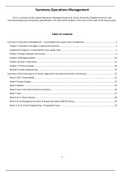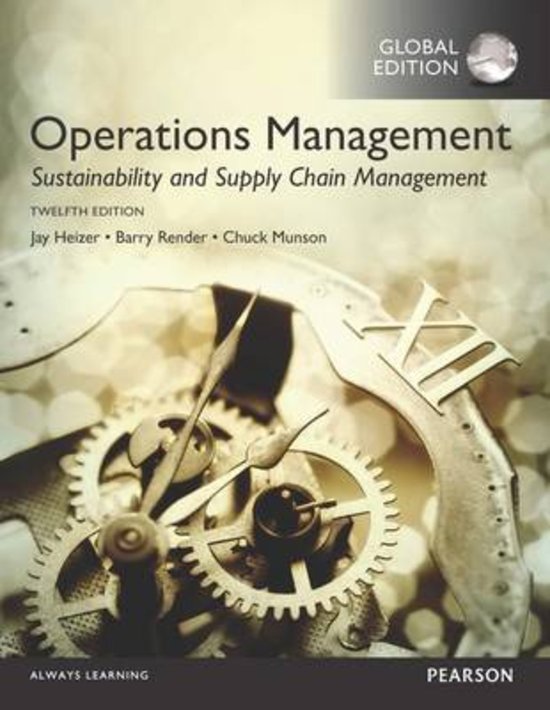Samenvatting
Summary Operations Management IBC
- Vak
- Instelling
- Boek
Summary of the course Operations Management at Fontys University of Applied Sciences in the specialization International Business Consultancy. Contains required information for the exam on 14 December 2020 and 20 January 2021.
[Meer zien]




